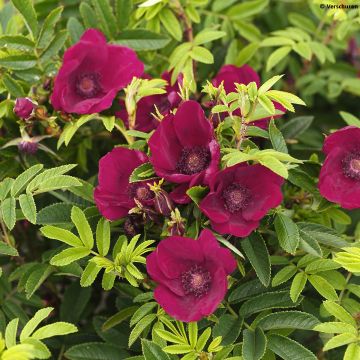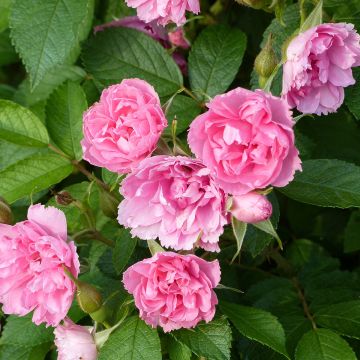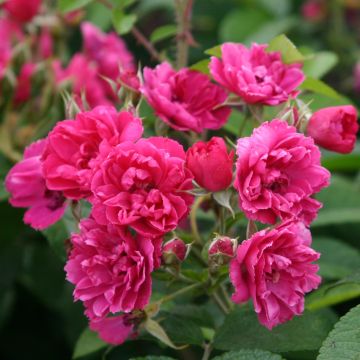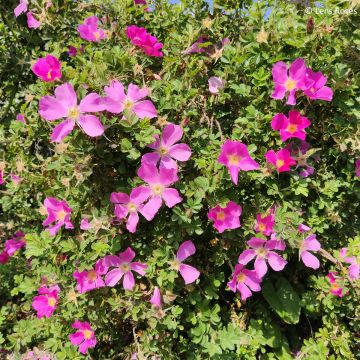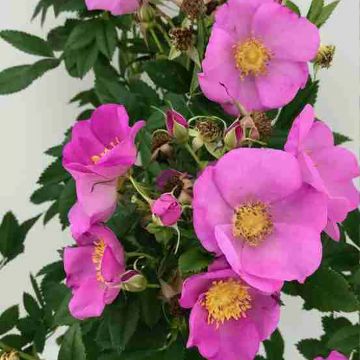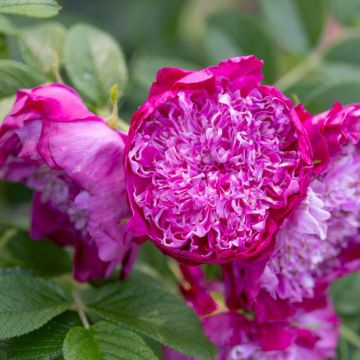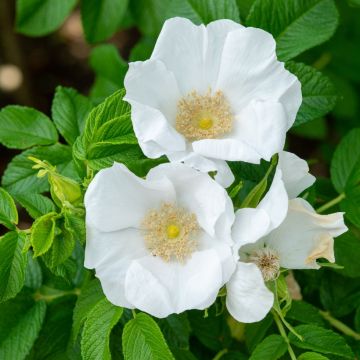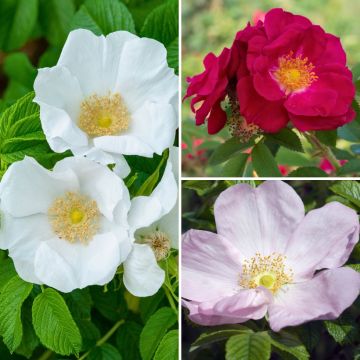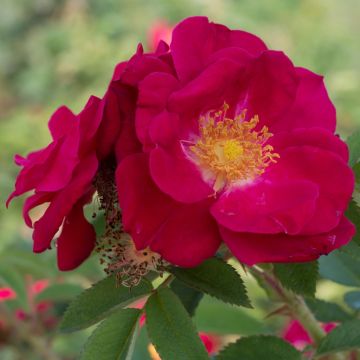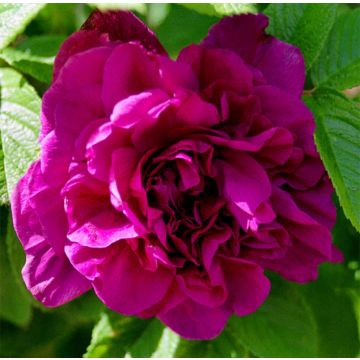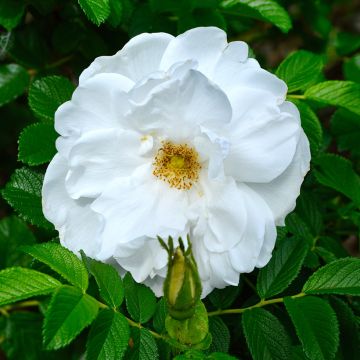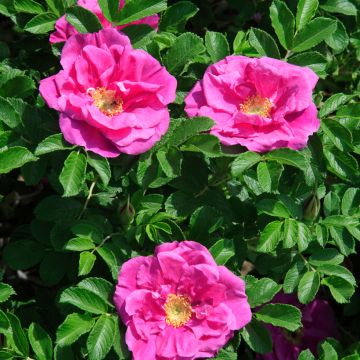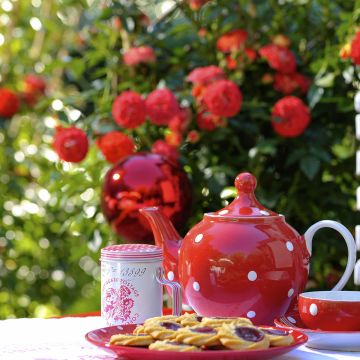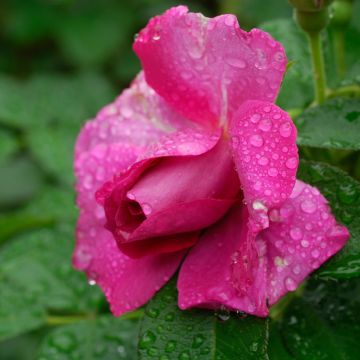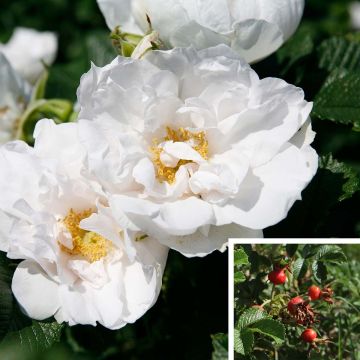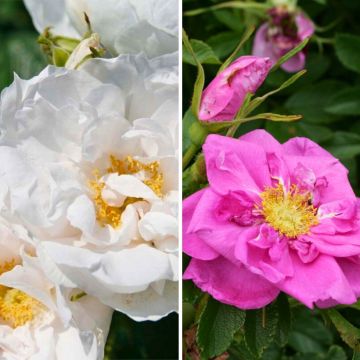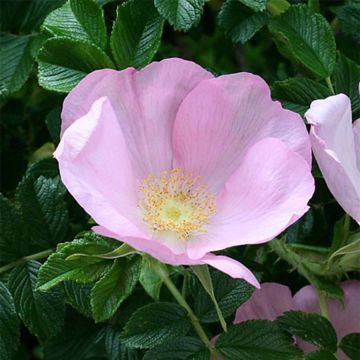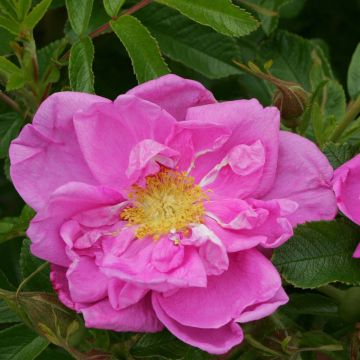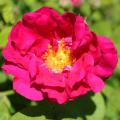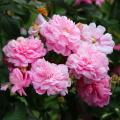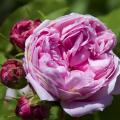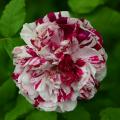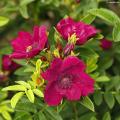Rosa rugosa
Does this plant fit my garden? Set up your Plantfit profile →
Available in 2 sizes
Available in 2 sizes
Available in 2 sizes
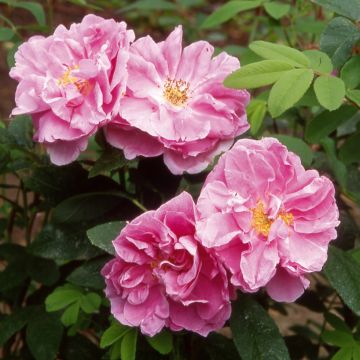
Available in 2 sizes
Available in 2 sizes
Available in 1 sizes
Available in 1 sizes
Available in 2 sizes
Available in 1 sizes
Available in 2 sizes
Available in 3 sizes
Available in 3 sizes
Available in 3 sizes
Available in 2 sizes
Available in 2 sizes
Available in 1 sizes
Available in 1 sizes
Available in 2 sizes
Available in 1 sizes
Rosa rugosa, commonly known as the Rugosa Rose or Japanese Rose, is characterised by its very healthy foliage composed of rough, puckered leaves and very thorny stems. Among the best varieties are 'Frau Dagmar Hastrup' with its large pink hips and 'Blanc Double de Coubert', a large bush that produces well-scented, semi-double white flowers. Also worth mentioning is Rosa rugosa 'Alba', which suckers and has single, white flowers, R. rugosa 'Hansa' with double, purple flowers and a repeat flowering habit, and the 'Rubra' form, which produces large, fuchsia-red hips from June to September. Let's also talk about the hybrids 'Agnes' with double, fragrant flowers in shades of amber honey to cream, 'Pink Grootendorst', a repeat flowering variety with small, original, fragrant pink flowers reminiscent of double carnations. All of them are deciduous, hardy, and sturdy bushes that reach a height of 1 to 2 metres (3 to 7 feet) depending on the variety. They have different characteristics when it comes to their ability to sucker when grown on their own roots.
When these Rugosa Roses produce fruits, they appear as round, red hips that are both decorative and edible. Their great robustness, decorative foliage until autumn, and well-scented flowers make Rugosa Roses essential bushes for our gardens. Discover them in this selection.
Haven't found what you were looking for?




































